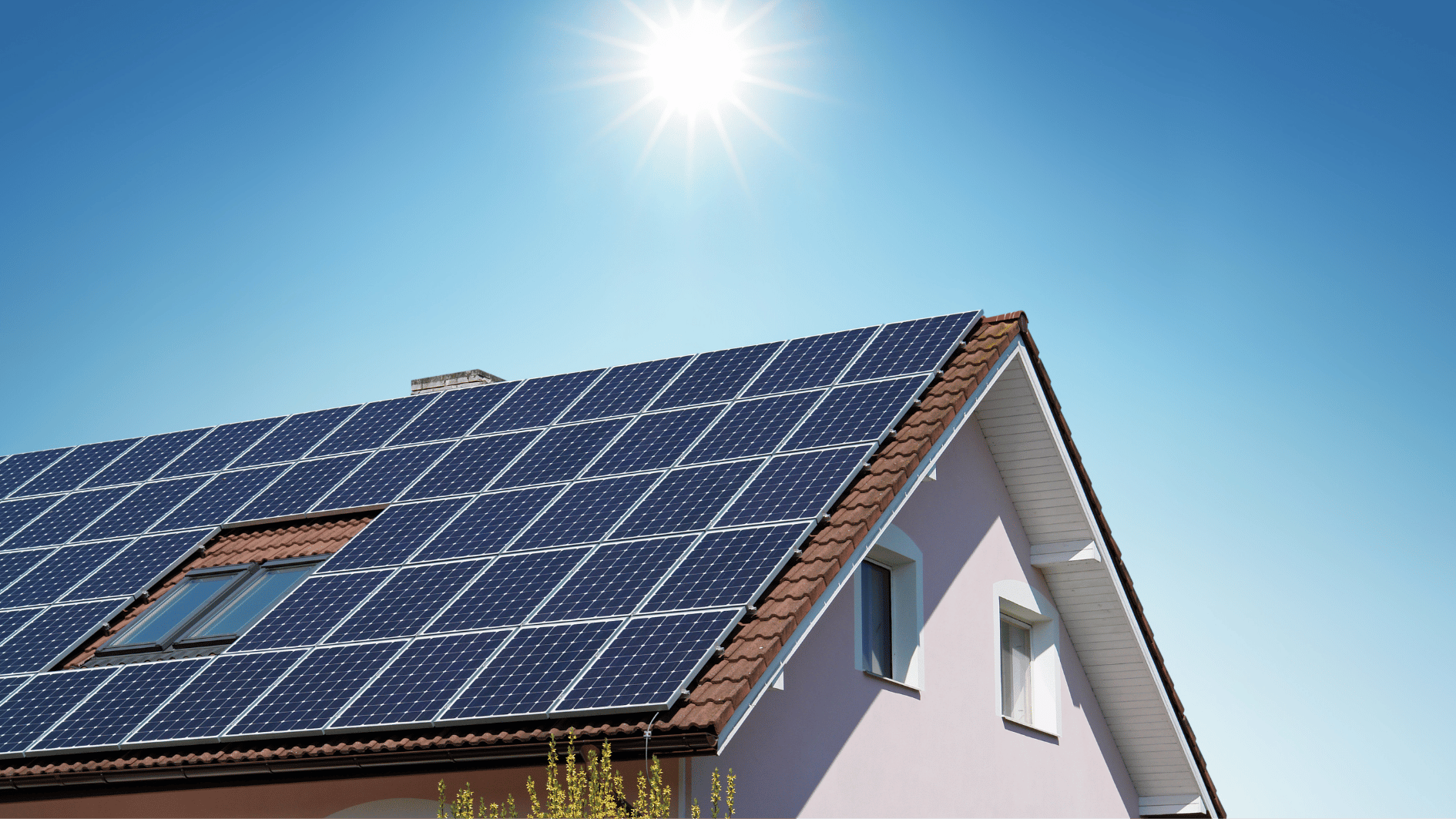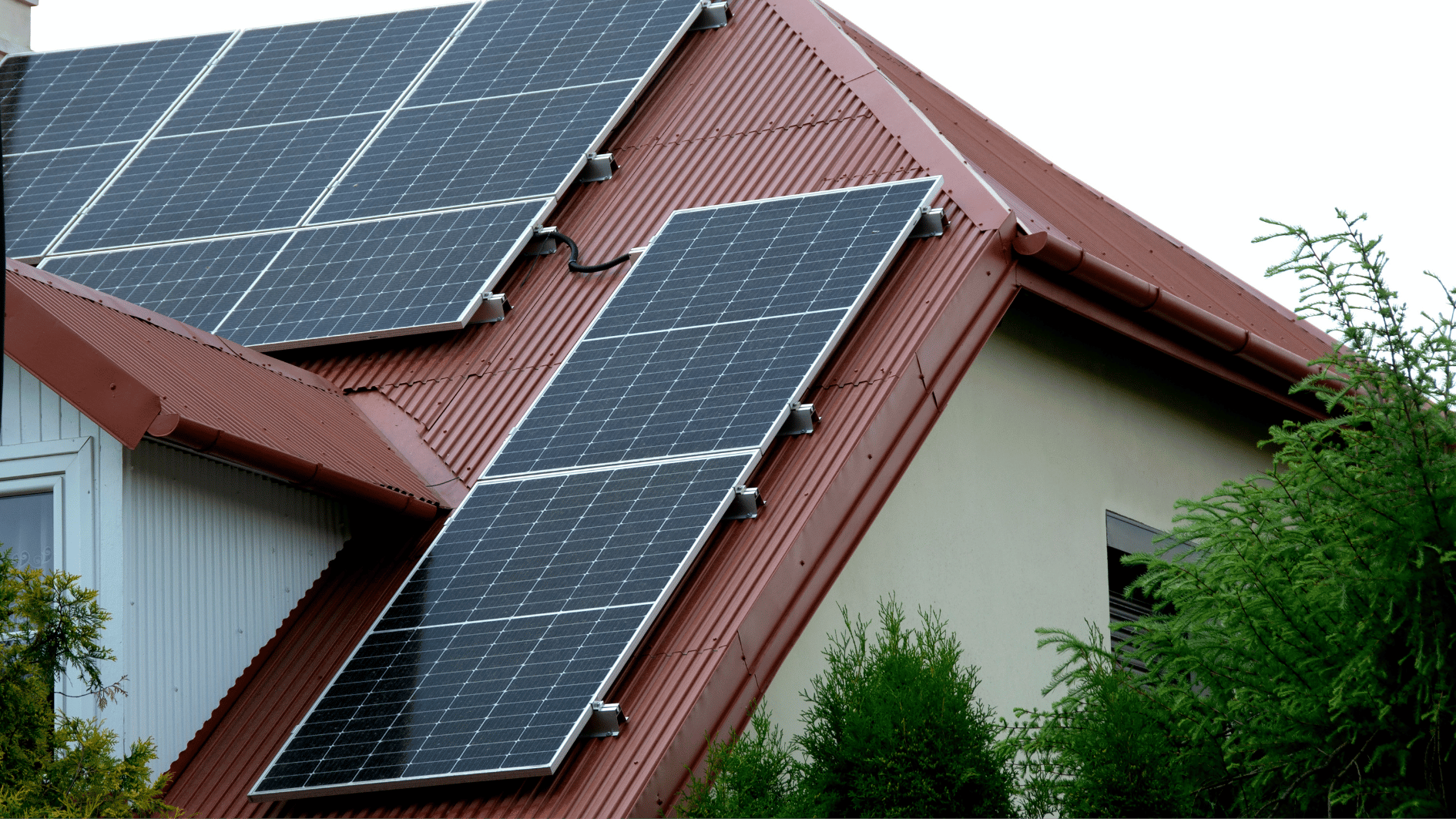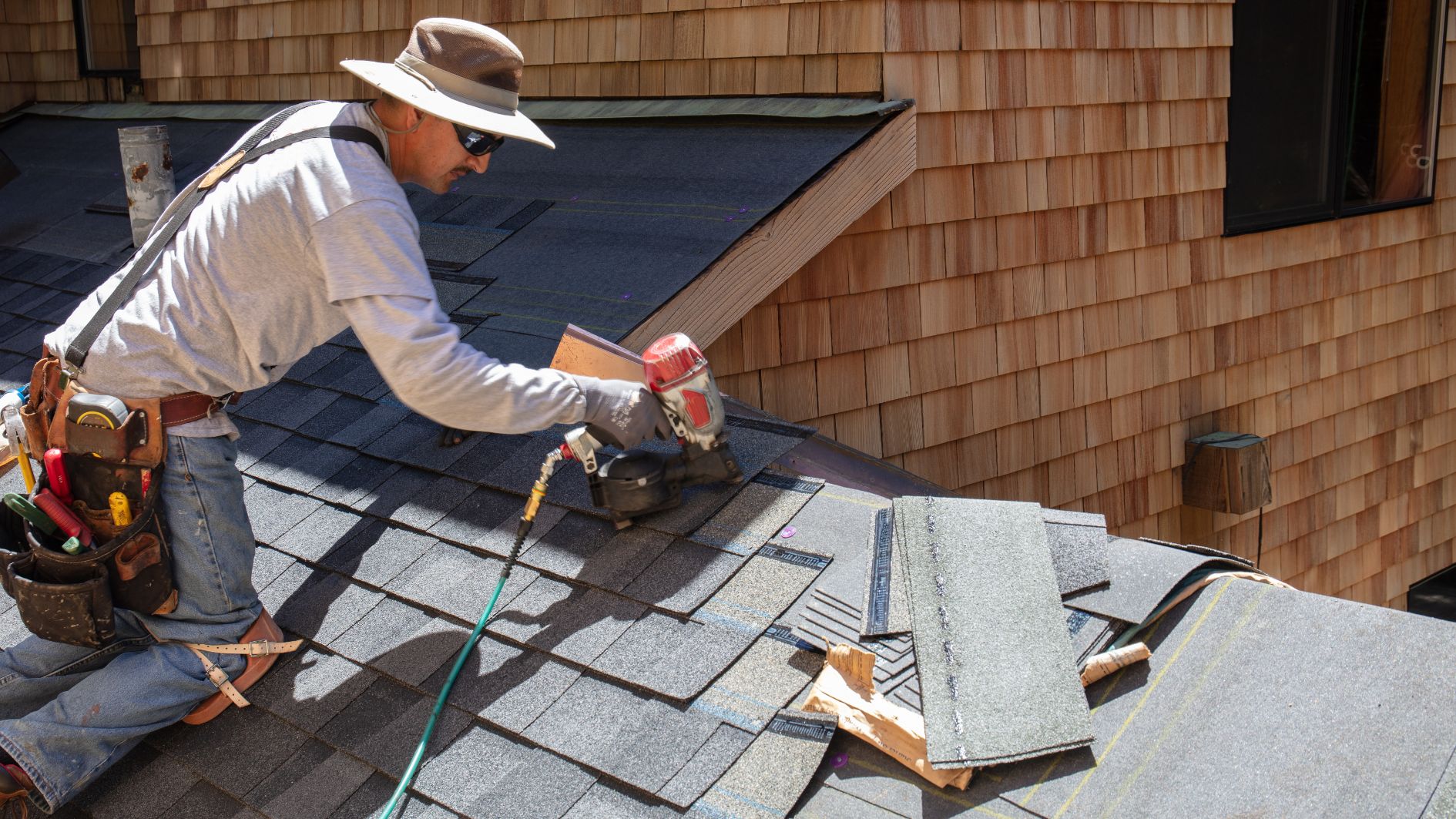Image source: Canva.com
Installing solar panels on your roof is a significant investment that can provide substantial savings on your electricity bills and contribute to a more sustainable energy future. However, before moving forward with this investment, it’s essential to ensure that your roof is in the right condition to support the solar panels throughout their lifespan, which typically ranges from 25 to 35 years. This brings up a critical question: Will your roof last as long as your solar panels? If not, should you consider replacing your roof before installing solar panels? And what happens if your roof requires repairs or replacement after your solar system is already in place?
These questions are vital to address before making any decisions about solar panel installation. The condition and longevity of your roof are fundamental factors that can significantly impact the overall success and cost-effectiveness of your solar project. In most cases, it is advisable to replace your roof before installing solar panels if there is any doubt about its ability to last as long as the solar system. While this may seem like an added expense, the savings on your electric bills from the solar energy produced will likely offset the cost of a new roof over time, making it a worthwhile consideration.
Before you reach out to a roofing contractor or solar installer, it’s important to understand whether a roof replacement is necessary, how it can affect your long-term solar savings, and the considerations involved in removing and reinstalling solar panels if roof work is required after the solar installation. This guide will walk you through these key factors, helping you make an informed decision about your roof and solar investment.

Beyond the Price Tag: Evaluating the Worth of Solar Batteries
Assessing the Condition of Your Roof
The first step in preparing your roof for solar panel installation is to thoroughly assess its current condition. Solar panels are a long-term commitment, and installing them on a roof that may need repairs or replacement in the near future can lead to unnecessary complications and expenses down the line. Key factors to consider include the age of your roof, the materials used, and any visible signs of wear and tear, such as missing shingles, leaks, or sagging areas.
If your roof is relatively new and in good condition, with no signs of damage or aging, you may not need to worry about replacement before installing solar panels. However, if your roof is nearing the end of its expected lifespan – typically 20 to 25 years for asphalt shingles, for example – it’s worth considering a replacement to ensure that your solar panels have a solid foundation for the duration of their lifespan.
The Impact of Roof Replacement on Solar Savings
While the idea of replacing your roof before installing solar panels may seem like a significant upfront cost, it’s important to consider the long-term financial implications. The savings you’ll achieve on your electric bills through solar energy can offset the cost of a new roof over time. In fact, many homeowners find that the reduction in their energy costs, combined with available incentives and rebates, can make the overall investment in both a new roof and solar panels more affordable than initially anticipated.
Moreover, installing solar panels on a new roof can enhance the value of your home and provide peace of mind that your solar system will operate efficiently without the need for costly and disruptive roof repairs in the future. It also eliminates the potential risk of having to remove and reinstall the solar panels later on, which can be a complex and expensive process.

Do Solar Panels Add Value to Your Property?
Removing and Reinstalling Solar Panels for Roof Repairs
If you decide to install solar panels without replacing an aging roof, it’s crucial to understand the potential challenges and costs involved if roof repairs or replacement become necessary after the solar panels are in place. Removing and reinstalling solar panels is a delicate and labor-intensive process that requires professional expertise. The panels, racking, and wiring must be carefully detached, stored, and then reinstalled once the roof work is completed. This process can be expensive, and if not done correctly, it can lead to damage to the panels or roof, further increasing costs.
Additionally, the downtime while your solar system is offline can impact your energy savings and, depending on your financing arrangement, may affect your financial return on investment. These factors highlight the importance of ensuring your roof is in optimal condition before the solar installation, as it can prevent the need for these additional costs and disruptions.

Can Solar Panels Cause Damage to Your Roof?
Working with Roofing Contractors and Solar Installers
When preparing your roof for solar panel installation, collaboration between your roofing contractor and solar installer is essential. These professionals should work together to evaluate the condition of your roof and determine the best approach for your specific situation. If roof replacement is necessary, the roofing contractor can ensure that the new roof is installed with solar panels in mind, using materials and techniques that are compatible with solar installation. This collaboration can also help streamline the process, reducing the time and effort required to complete both the roofing and solar projects.
If you’re planning a roof replacement, it’s also an opportunity to explore options that may enhance the performance of your solar panels. For example, choosing roofing materials with high reflectivity can help keep your home cooler and improve the efficiency of your solar system. Additionally, some roofing materials are more durable and can extend the lifespan of your roof, providing added protection for your solar investment.

Preparing your roof for solar panel installation is a critical step in ensuring the success and longevity of your solar energy system. By thoroughly assessing the condition of your roof and considering a replacement if necessary, you can avoid costly repairs and disruptions in the future. While the upfront cost of replacing your roof may seem significant, the long-term savings on your electric bills and the added value to your home can make it a financially sound decision. Working closely with experienced roofing contractors and solar installers will help you navigate this process with confidence, ensuring that your solar panels are installed on a roof that is ready to support them for decades to come.





